Is night solar the next form of green energy?
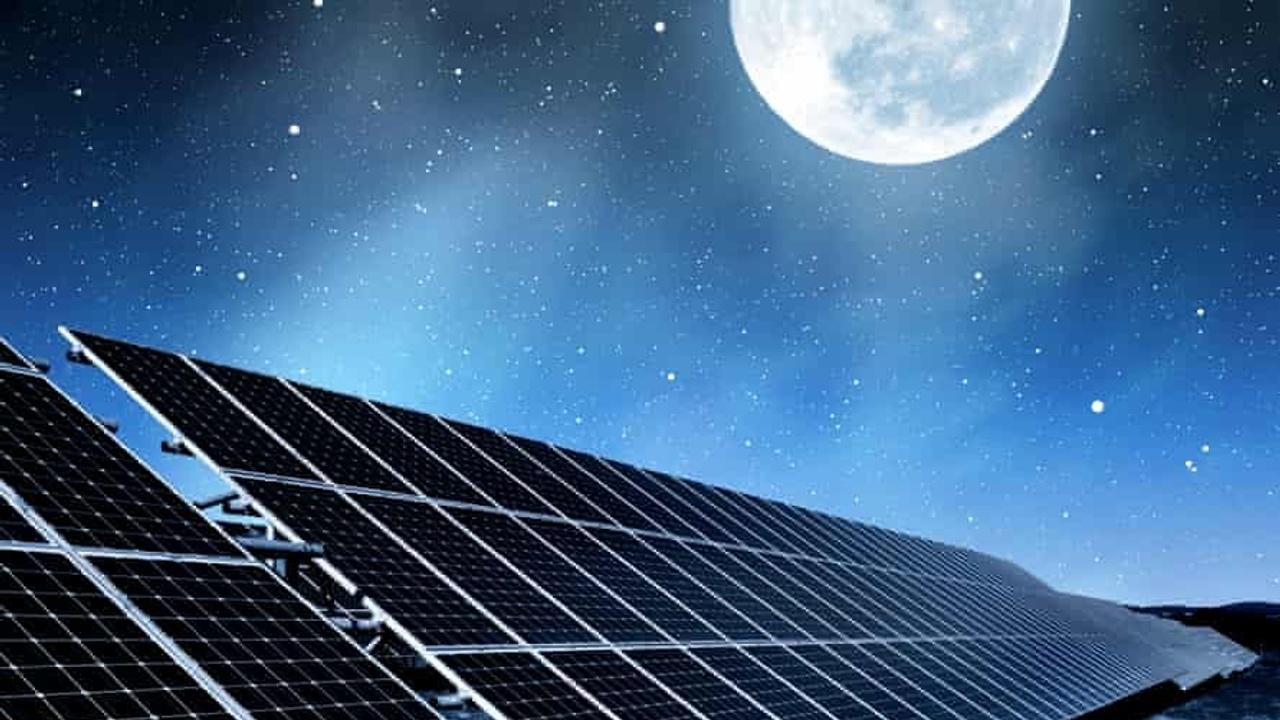
Image sourced from: The Guardian
Solar power is a type of renewable energy that has the ability to help us reduce our carbon emissions and mitigate climate change, as it is a viable alternative to electricity generated from fossil fuels. You are probably quite familiar with solar power since it is one of the most common forms of alternative electricity generation and has many different applications!
For example, solar power has proven to be a life-changing addition to remote communities where electricity is not widely available or affordable.
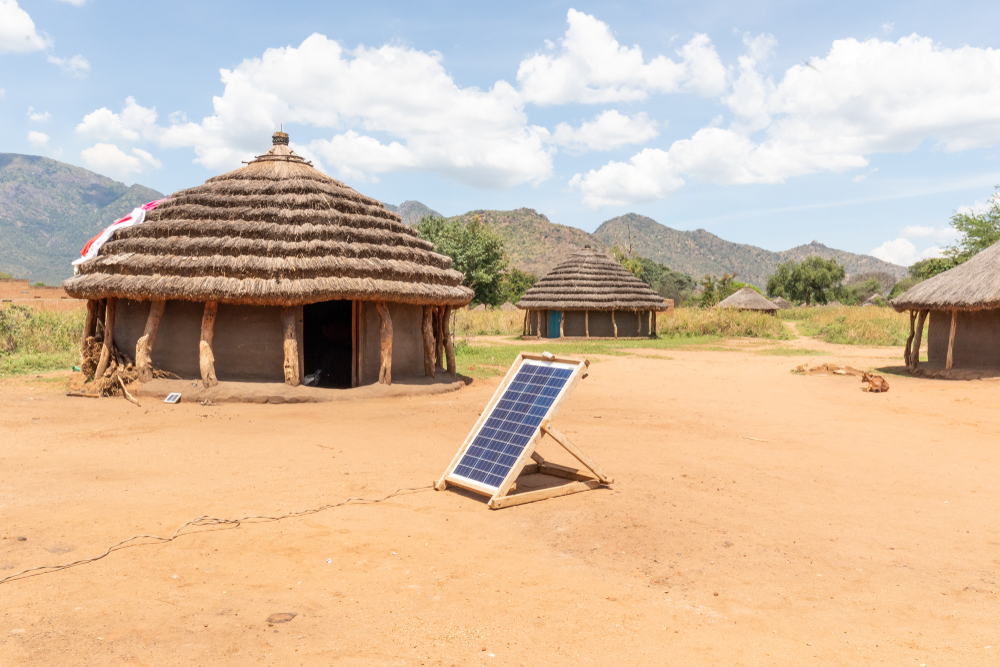
Solar power’s many other uses range from the creation of backpacks with built in solar lights to green building technologies such as solar panels and solar walls.
How solar energy becomes electricity
Solar energy can be harnessed and converted into useable energy (such as electricity) through the use of photovoltaic panels, more commonly referred to as solar panels. When a solar panel is placed outside in a sunny location, incoming sunlight hits and is absorbed a semiconductor material that is used within the solar panel and knocks electrons loose.
When these electrons are set in motion, they generate an electric current which can be captured. This current is then converted by the solar inverter into the type of electricity that can be used within the electric grid. Pretty cool, hey? This type of technology can make a world of a difference!
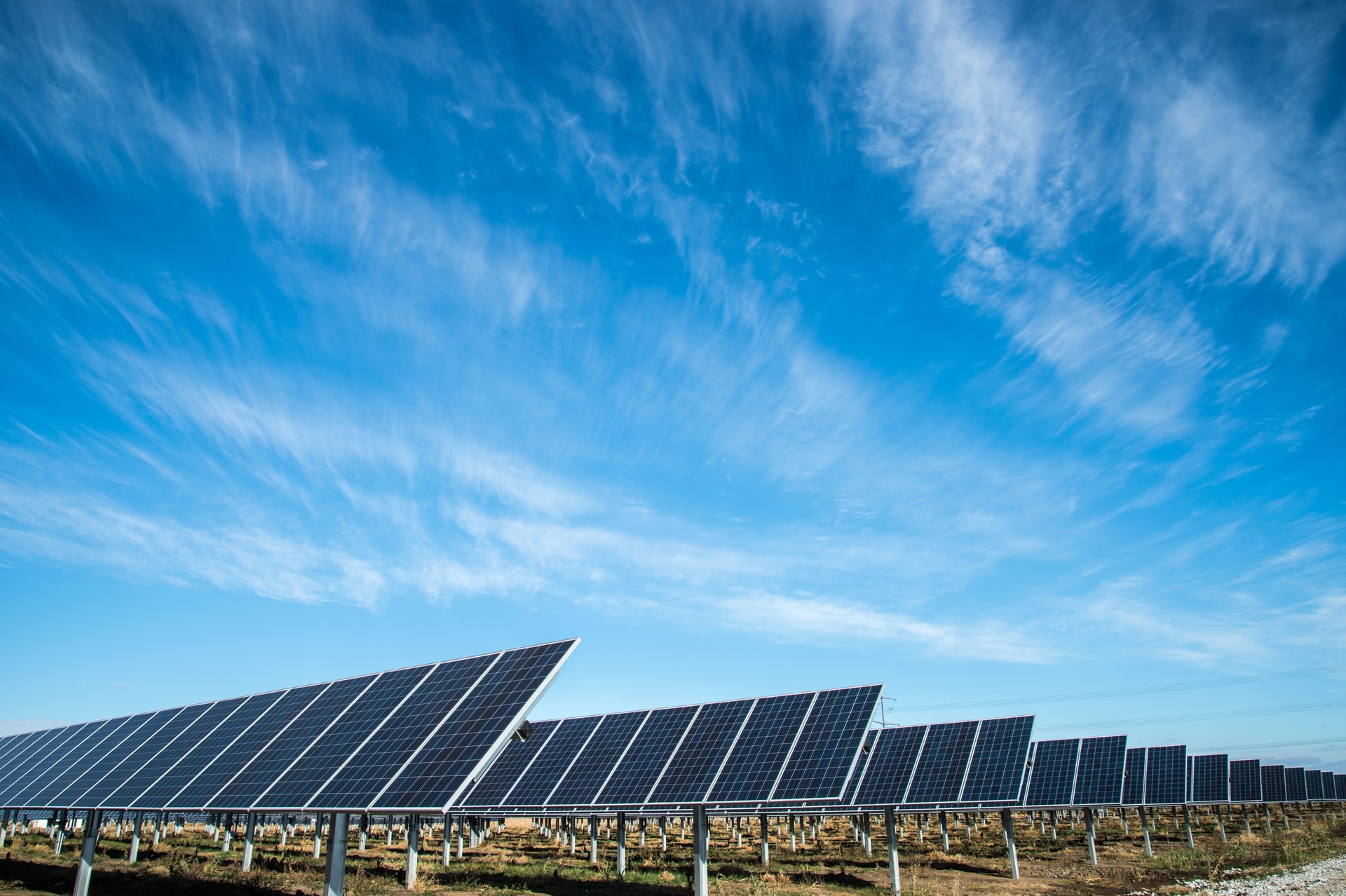
Unfortunately, solar energy does have some limitations. Traditionally, the production of solar energy is limited to the daytime when sunlight is abundant. This means that during the night, solar panels are pretty much useless.
However, this may not be the case for long!
Night solar to the rescue
A new type of solar cell which works at night is being proposed by scientists as a new piece of technology that could increase the efficiency of solar power.
These nighttime solar cells are currently being developed by Tristan Deppe, a professor from the University of Maryland and Jeremy Munday, a professor from the Department of Electrical and Computer Engineering at the University of California Davis.
According to these researchers, power can be generated at night using “anti-solar panels” which basically do what a solar panel does in reverse.
How do anti-solar panels work?
Photovoltaic panels (solar panels) use photovoltaic cells which absorbs sunlight to create an electrical current. Anti-solar panels use “thermoradiative” cells instead. These cells are able to generate an electrical current by radiating infrared light (aka heat) out towards space.
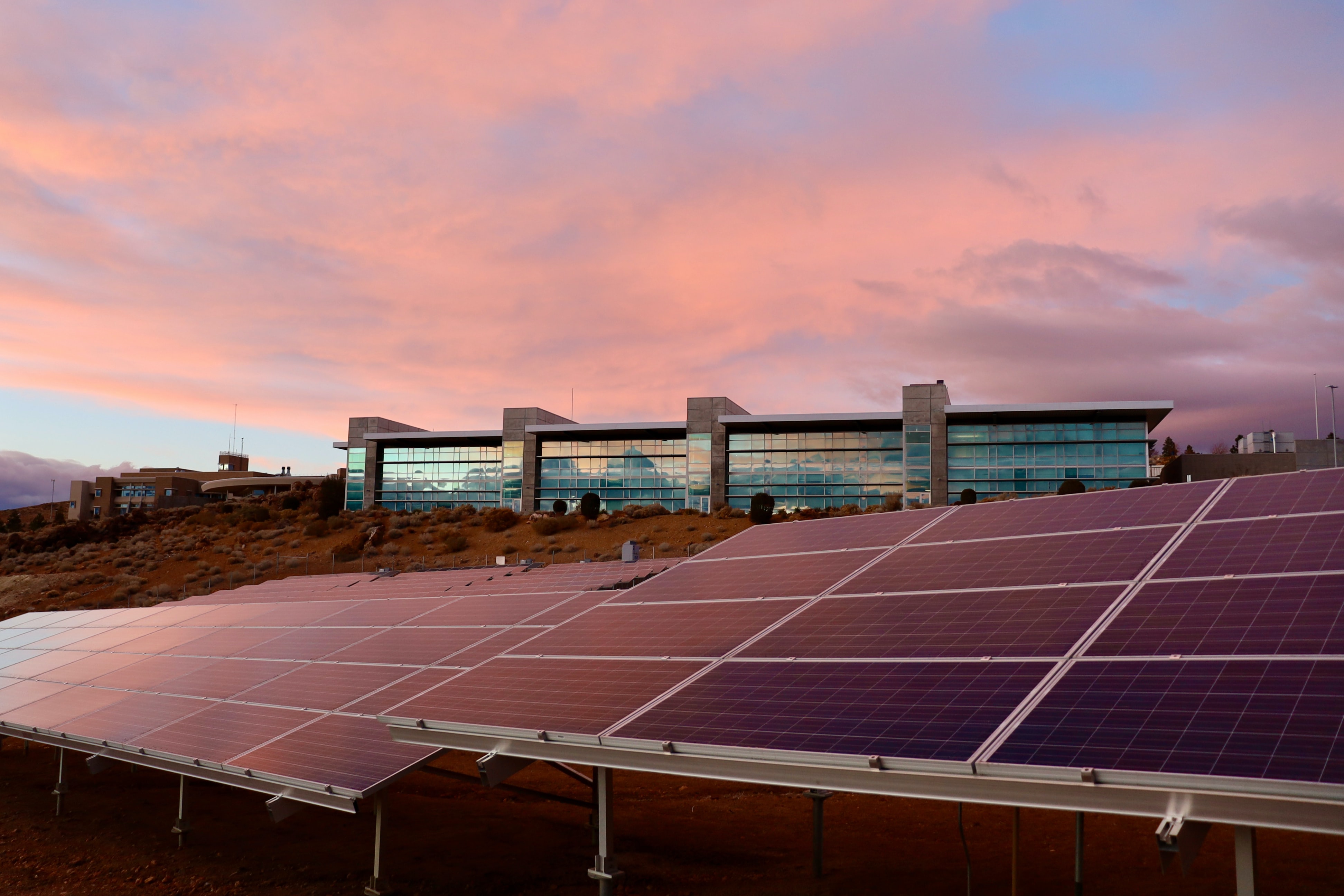
This heat is radiated outwards because the night sky, and outer space, is much colder than an anti-solar panel that has been warmed by the sun all day. When a warm object is pointed at the sky, it will radiate heat outwards.
Basically, whether a panel is absorbing sunlight or emitting light, an electrical current is produced which can be harvested in order to generate power. The only difference is which direction the current and voltage are going (incoming vs. outgoing).
Are anti-solar panels the future?
When placed in a warm spot facing the sky, anti-solar panels would be able to release the radiative heat that had built up over the day in order to generate electricity. In doing so, the nighttime solar cells are currently able to generate up to 50 watts of power per square metre. This amount is roughly a quarter of the energy produced by conventional solar cells.
Of course, these measurements are based on a prototype, so there is hope that scientists will be able to improve the design over time to increase performance and electricity generation.
Could 24-hour solar electricity generation be possible?
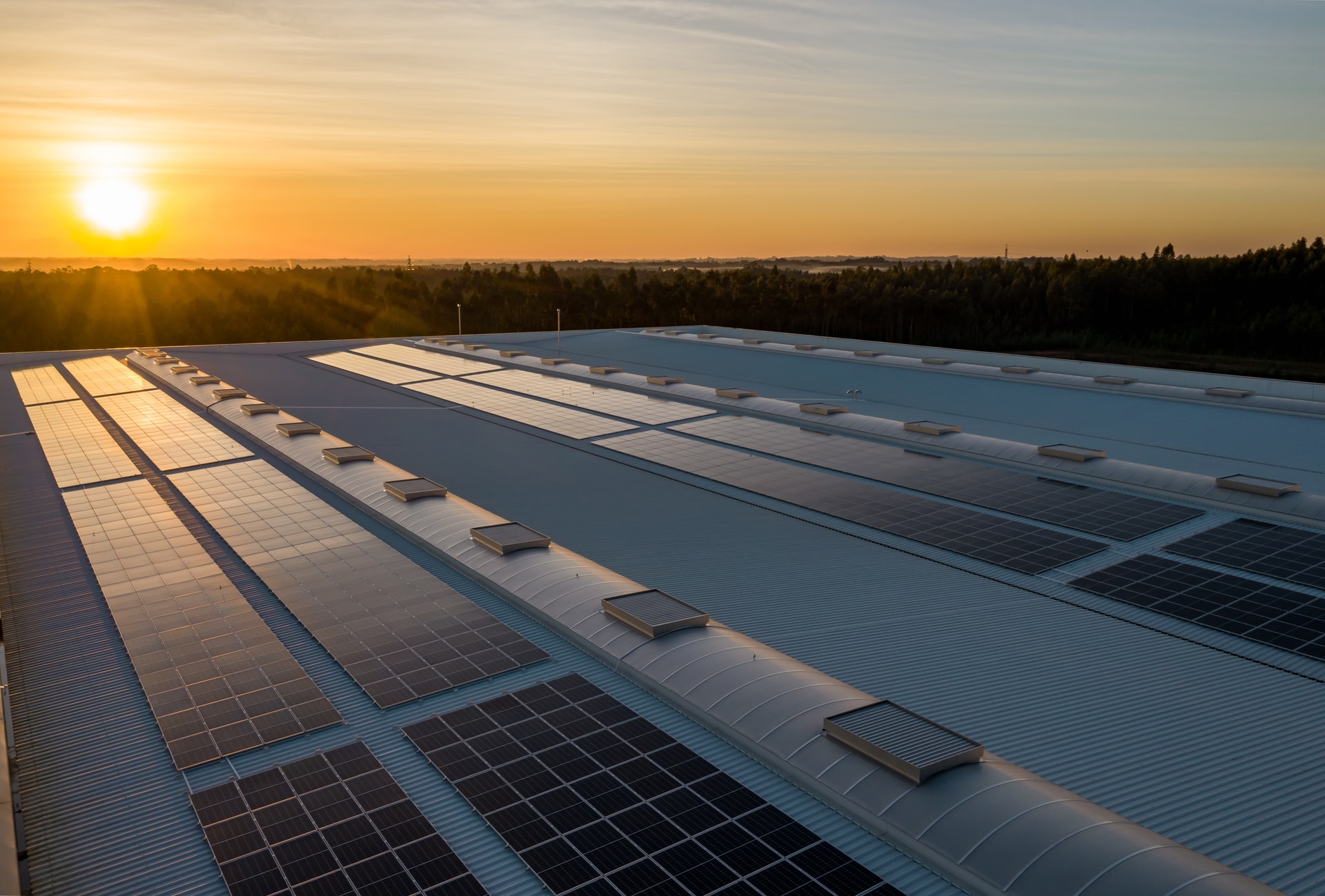
These Night Solar or anti-solar panels have the potential to work during the daytime if they are shielded from direct sunlight or pointed away from the sun. This means that these devices, unlike conventional solar panels, would be able to work 24 hours a day.
And as an even greater benefit, there may be the possibility of using solar panels in combination with anti-solar panels to provide around the clock electricity generation.
Between the possibility of improving efficiency and 24-hour electricity generation, the anti-solar panel might just be another source of low carbon, green energy that we need. I think that this is an interesting development to watch!
Stay connected with news and updates!
Join my mailing list to receive the latest news and updates. Your information will not be shared.

